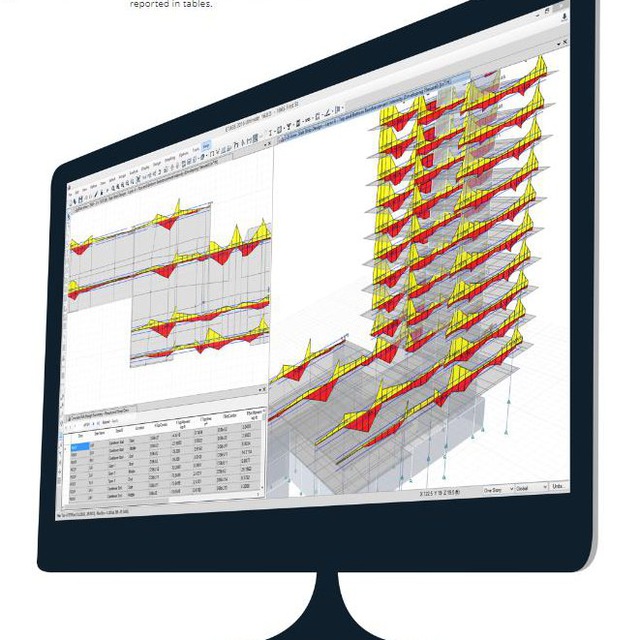#mass source:
Using the path
Define menu > Mass Source
You will have access to different mass source options. This option is used to determine the desired mass of the design for use in static and dynamic analyses. The mass used can be determined in different ways. The most common of these methods is the use of loads on the structure, which are used in common analyzes for the design of a structure.
Element Self Mass option:
If ticked, the mass of the modeled elements is included in determining the mass of the structure. Pay attention to ticking this option in the mode of the route
Define menu > Load Patterns Set the value of Self-Weight Multiplier to one for the dead load and ask to determine the mass from the incoming loads, it is not true that the mass of the modeled elements is calculated twice. The program of multiplying the mass of assigned materials
given to the materials of the elements in their volume calculates their mass value.
Additional Mass option:
Using this option causes additional crimes to be considered in the crime source. You can assign mass to point, line and surface elements (in most cases we apply weight and load of kg or ton to them). These masses are usually used in dynamic analysis and are not used much in the design of structures.
Specified Loads Patterns option:
The most widely used option is this window, and when it is ticked, the downward vertical loads are considered as mass, and the mass value is obtained by dividing these loads by g. If an upward charge is applied, its value at mass is considered zero. For example, you can define 100% dead loads and 20% live loads as the mass source of the structure. In the Multiplier section, you can enter the coefficient of any type of load that is to be introduced as a source of crime.
Option
Adjust Diaphragm Lateral Mass to Move Mass Centroid:
Using this option, the center of mass can be moved as a percentage of the aperture dimension.
Include Lateral Mass option:
If this option is checked, transfer masses in X and Y directions and rotational masses around Z axis are used in the analysis. Usually this tick should be checked.
Include Vertical Mass option:
If this option is checked, transfer masses in the Z direction and rotation around the X and Y axis are considered, and this option usually does not need to be checked unless the user wants to perform vertical dynamic analysis.
Option
Lump Lateral Mass at Story Levels:
If this option is checked, the masses between the levels of the floors will be moved to the nearest level above or below.
(Dr. Alirezaei)
This post is written by AminNajafgholizadeh
